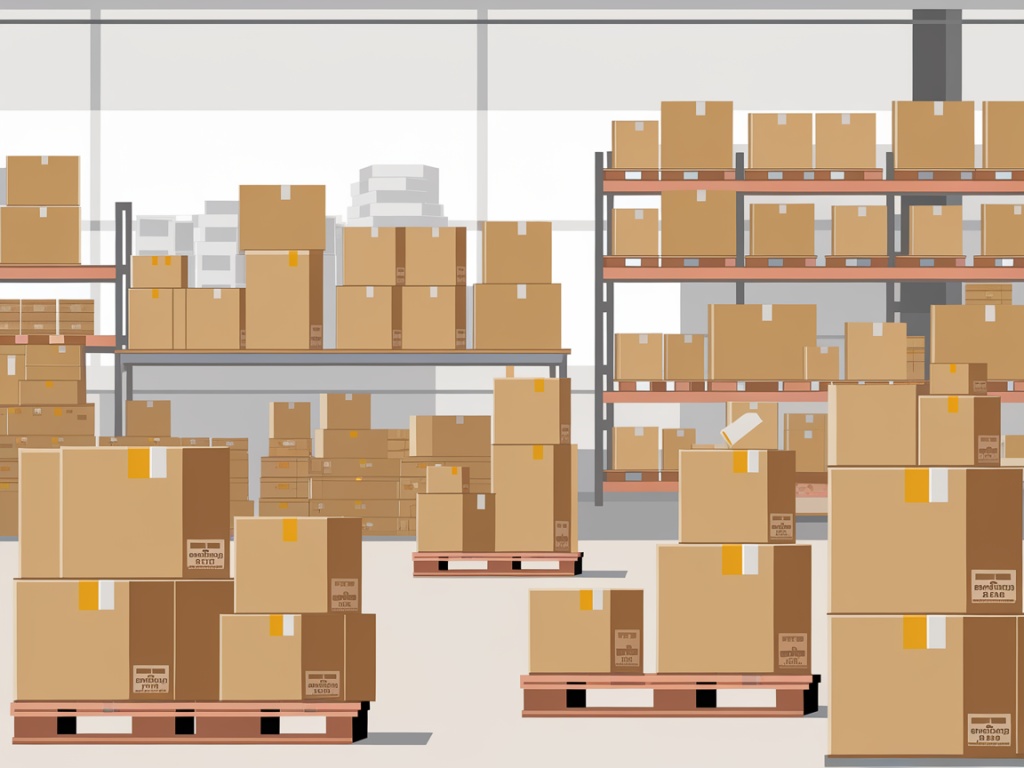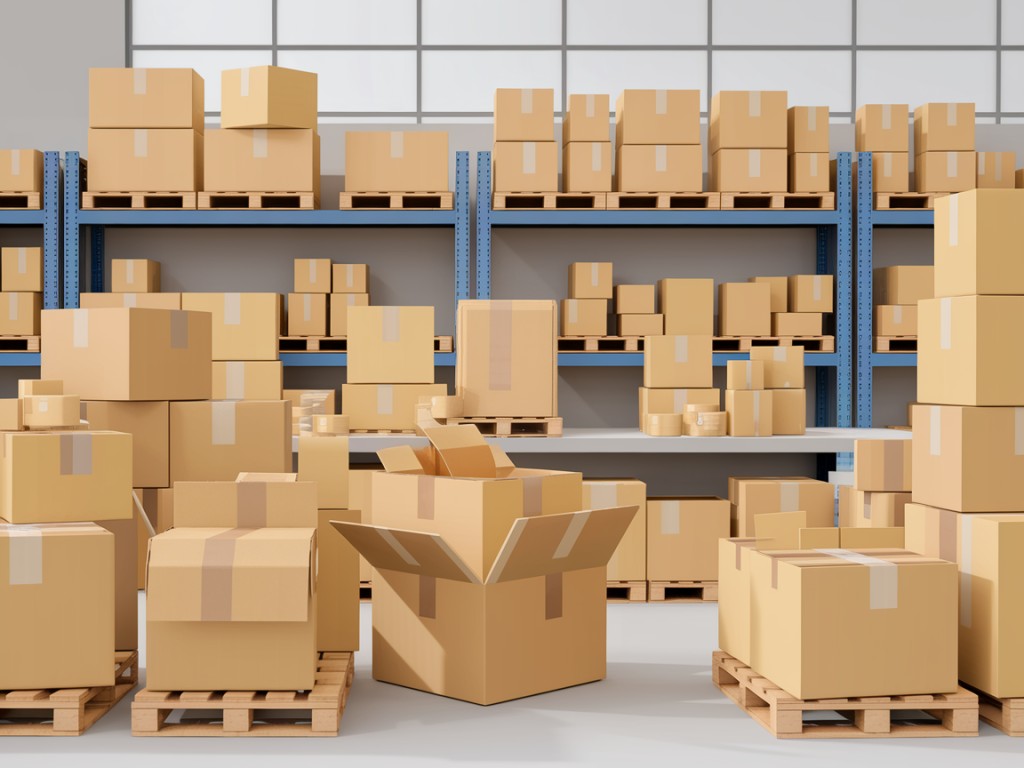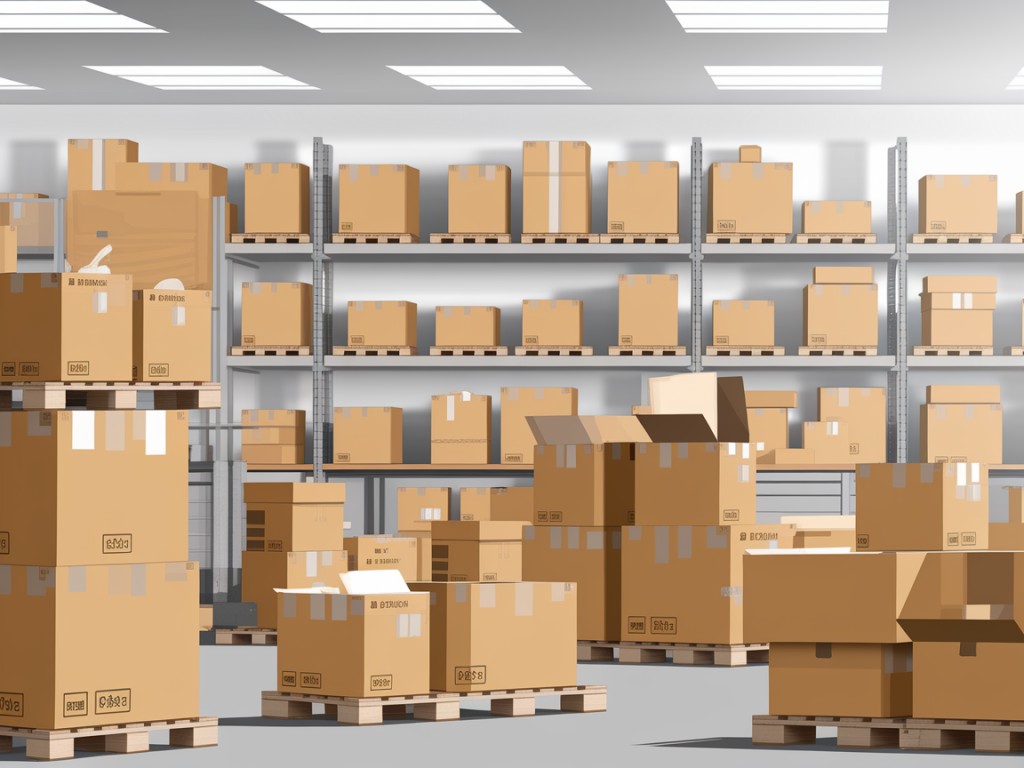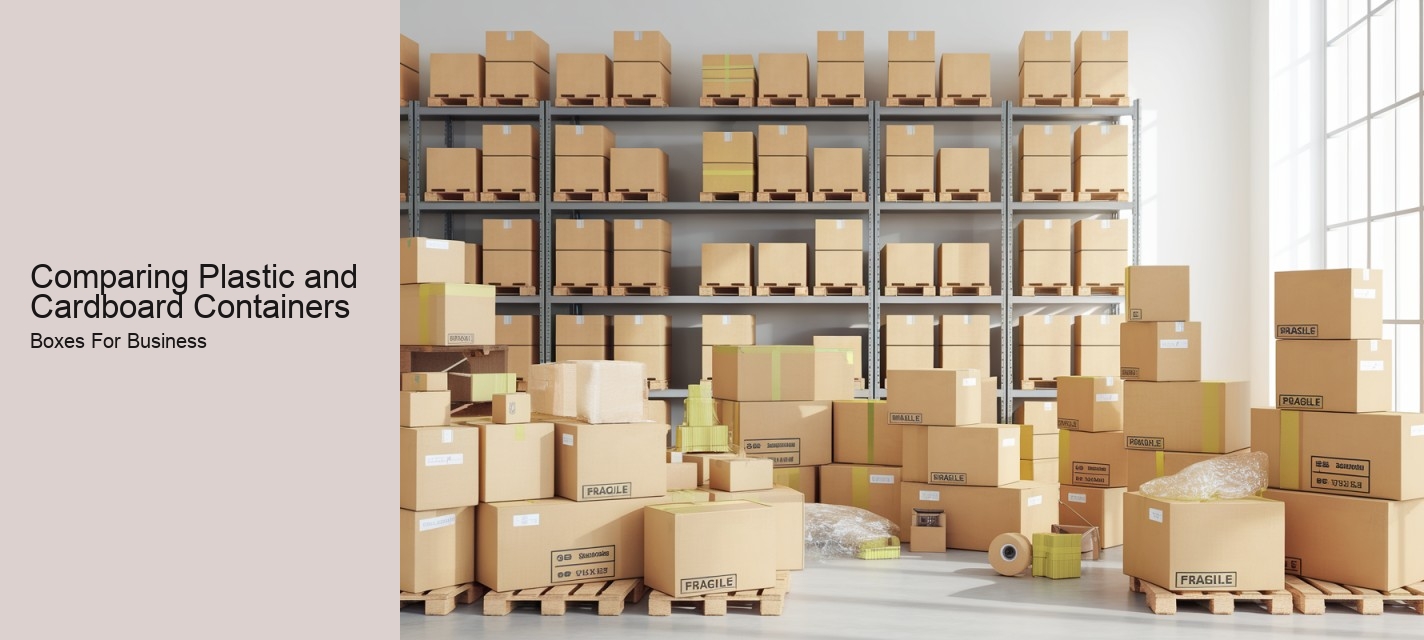Comparing Plastic and Cardboard Containers: A Comprehensive Look
When it comes to packaging and shipping products, container materials play a significant role in determining the efficiency, sustainability, and cost-effectiveness of the process. Cardboard Boxes Sydney . Two widely used materials for containers are plastic and cardboard. Each has its own unique set of advantages and disadvantages, making them suitable for different applications.
Comparing Plastic and Cardboard Containers - Slot lock corrugated shipping boxes
- E-commerce shipping cardboard mailer boxes
- Recycled cardboard boxes with eco packaging material
- Cardboard box packaging for cosmetics
- International shipping corrugated boxes
- Custom retail point-of-sale cardboard stands
Durability and Protection
One of the primary concerns when choosing a container material is its ability to protect the contents. Plastic containers offer excellent durability and resistance to impacts, moisture, and chemicals. They can be made in various thicknesses and with different types of plastic, allowing for customization based on the specific needs of the product being shipped. This makes plastics particularly ideal for fragile or sensitive items that require a high level of protection during transit.

On the other hand, cardboard containers are less durable and more prone to damage from moisture, impacts, and rough handling. However, they can be lined with plastic or wax to improve their protective qualities. Cardboard is also often used for shipping items that are less delicate, such as books, clothing, and general household goods. Its flexibility allows it to conform around irregularly shaped objects, providing a snug fit and reducing the risk of movement within the box.
Environmental Impact
The environmental impact of using plastic versus cardboard containers is another crucial factor to consider. Plastics are generally non-biodegradable and have a longer lifespan, which means they can contribute to pollution if not disposed of properly. However, advancements in recycling technology have made it easier to recycle many types of plastic containers, reducing their impact on the environment. Additionally, some companies are turning to bioplastics, which are derived from renewable resources and can biodegrade under certain conditions, offering a more sustainable alternative.

Cardboard containers are typically made from recycled paper, which is a renewable resource. They break down easily in landfills, reducing the amount of waste that ends up in the environment. Furthermore, many cardboard boxes can be recycled multiple times, making them a more sustainable choice compared to plastics. However, the production process for cardboard involves using water and energy, and it can lead to deforestation if not managed properly.

Cost
Cost is often a critical factor in deciding between plastic and cardboard containers. Generally, cardboard containers are cheaper to produce than plastic containers due to the lower cost of raw materials and simpler manufacturing processes.
Comparing Plastic and Cardboard Containers - White coated cardboard retail boxes
- Insulated cardboard boxes for perishable goods
- Eco-friendly compostable cardboard shipping boxes
- Custom printed promotional cardboard packaging
- Luxury rigid box packaging with foam
- Automotive parts cardboard shipping boxes
Plastic containers, while more expensive to produce, can sometimes be more cost-effective over the long term. Their durability and reusability mean that they can be used multiple times, reducing the overall number of containers needed and saving on waste disposal costs. For industries that require frequent shipments of fragile items, the added protection provided by plastic containers may justify the higher initial investment.
Functionality
Functionality encompasses the various features and capabilities of a container, including ease of assembly, stackability, and customizability. Cardboard containers are relatively easy to assemble and disassemble, which is beneficial for quick and efficient packaging operations.
Comparing Plastic and Cardboard Containers - Affordable cardboard boxes wholesale Sydney
- Cardboard boxes for manuscript and document storage
- Cardboard box packaging with QR code printing
- Square kraft cardboard gift boxes
- Cardboard boxes with pre-scored folding lines
- Food grade cardboard takeaway boxes
Plastic containers offer better stackability and can withstand higher stacking pressures without deforming or collapsing. This is advantageous for logistics and warehouse operations where space efficiency is essential. Additionally, some plastic containers can be sealed hermetically, providing airtight protection for perishable or sensitive items.
Conclusion
In conclusion, the decision between plastic and cardboard containers depends on a variety of factors, including the nature of the product being shipped, budget constraints, and environmental considerations. Plastic containers provide superior durability and protection, making them ideal for shipping fragile or sensitive items. However, they tend to be more expensive and have a greater environmental impact.
Comparing Plastic and Cardboard Containers - Cardboard corner protectors for palletised goods
- Second-hand cardboard boxes for budget packaging
- Cardboard packaging for industrial machinery parts
- Cardboard packaging with built-in handles
- Custom window die-cut cardboard cartons
- Stackable cardboard storage boxes with lids
Comparing Plastic and Cardboard Containers - Cardboard corner protectors for palletised goods
- Corrugated cardboard box subscription services
- White coated cardboard retail boxes
- Affordable cardboard boxes wholesale Sydney
- Slot lock corrugated shipping boxes
- Cardboard corner protectors for palletised goods
Cardboard containers, while less durable, are more affordable and environmentally friendly. They offer flexibility and customization options, making them suitable for a wide range of products and applications. Ultimately, the most effective choice will depend on the specific needs of the business and the products being shipped. By carefully weighing these factors, companies can make informed decisions that balance cost, functionality, and sustainability.






